A battle for Ukraine’s mineral and energy wealth
After nearly six months of fighting, Moscow’s invasion has yielded at least one big reward write Anthony Faiola and Dalton Bennett
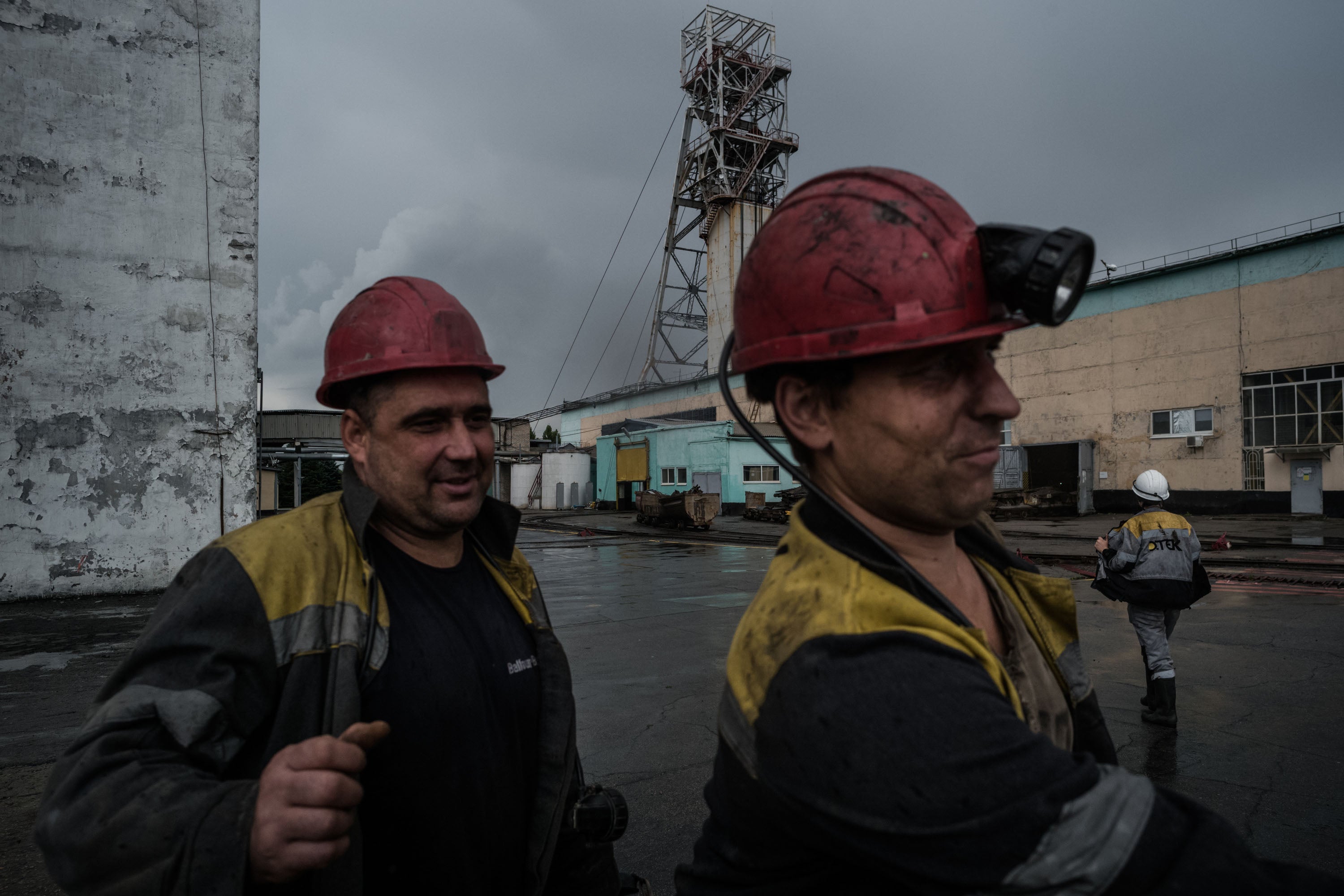
Less than 100 miles east, artillery salvos pound Ukrainian defensive positions as Russian forces inch forward. But below the surface of this sprawling Donbas coalfield, a dwindling number of miners are still working, extracting a fuel that is emblematic of one of Ukraine’s biggest challenges.
The Kremlin is robbing this nation of the building blocks of its economy – its natural resources.
After nearly six months of fighting, Moscow’s war has yielded at least one big reward: expanded control over some of the most mineral-rich lands in Europe. Ukraine harbours some of the world’s largest reserves of titanium and iron ore, fields of untapped lithium, as well as massive deposits of coal. Collectively, they are worth tens of trillions of pounds.
The lion’s share of those coal deposits, which for decades have powered Ukraine’s critical steel industry, are concentrated in the east, where Moscow has made the most inroads. That’s put them in Russian hands, along with significant amounts of other valuable energy and mineral deposits used for everything from aircraft parts to smartphones, according to an analysis for The Washington Post by the Canadian geopolitical risk firm SecDev.
Russia possesses vast amounts of natural resources. But denying Ukraine its own has strategically undermined the country’s economy, forcing Kyiv to import coal to keep the lights on in cities and towns. Should the Kremlin succeed in annexing the Ukrainian territory it has seized – as US officials believe it will try to do in the coming months – Kyiv would permanently lose access to almost two-thirds of its deposits.
Ukraine would also lose myriad other reserves, including stores of natural gas, oil and rare earth minerals – essential for certain high-tech components – that could hamper western Europe’s search for alternatives to imports from Russia and China.
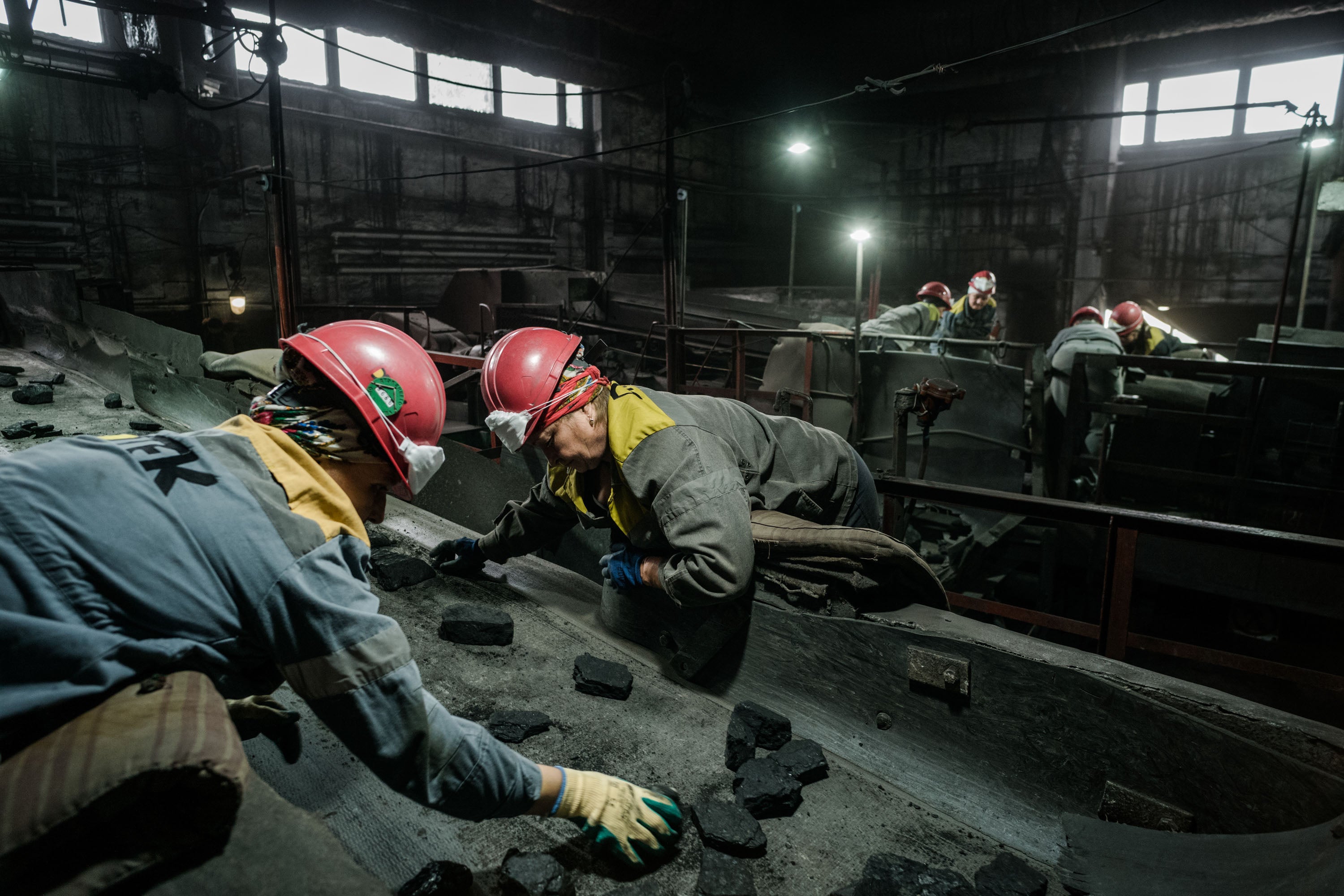
“The worst scenario is that Ukraine loses land, no longer has a strong commodity economy and becomes more like one of the Baltic states, a nation unable to sustain its industrial economy,” said Stanislav Zinchenko chief executive of GMK, a Kyiv-based economic think tank. “This is what Russia wants. To weaken us.”
Late last month, 1,200ft underground in the Donbas region mine, soot-caked workers clawed at the black coal seams with a sense of urgency. The coal hewed from the walls fuels a nearby power plant, part of an energy grid strained and weakened by the war.
“Those that left to fight at the front are fighting for us down here,” said Yuri, a 29-year-old excavator operator. “We need to get as much coal as we can. The country needs it.”
Ukraine is widely known as an agricultural powerhouse. But as a raw-material mother lode, it’s home to 117 of the 120 most widely used minerals and metals, and a major source of fossil fuels. Official websites no longer show geolocations of these deposits; the government, citing national security, took them down in early spring.
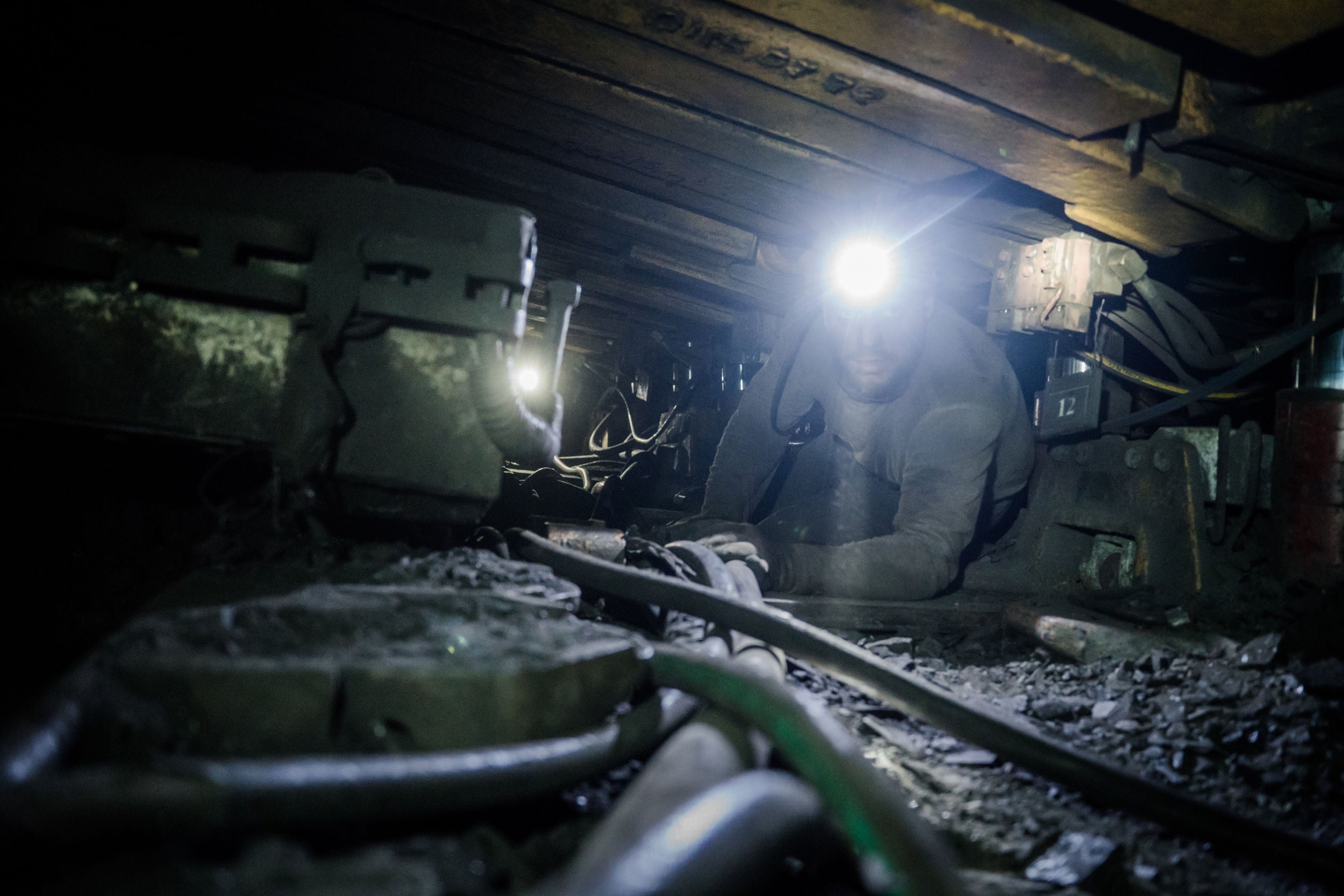
Yet SecDev’s analysis indicates that at least $12.4tn worth of Ukraine’s energy deposits, metals and minerals are now under Russian control. That figure accounts for nearly half the dollar value of the 2,209 deposits reviewed by the company. In addition to 63 per cent of the country’s coal deposits, Moscow has seized 11 per cent of its oil deposits, 20 per cent of its natural gas deposits, 42 per cent of its metals and 33 per cent of its deposits of rare earth and other critical minerals including lithium.
Some of those deposits are hard to reach or require exploration to assess their viability. Some were overtaken during either Moscow’s 2014 annexation of Crimea or the Ukrainian government’s eight-year war with Russian-backed separatists in the east.
Since the invasion began in February, however, the Kremlin has steadily expanded its holdings. According to SecDev and Ukrainian mining and steel industry executives, it has seized 41 coal fields, 27 natural gas sites, 14 propane sites, nine oil fields, six iron ore deposits, two titanium ore sites, two zirconium ore sites, one strontium site, one lithium site, one uranium site, one gold deposit and a significant quarry of limestone previously used for Ukrainian steel production.

Roman Opimakh, director general of the Ukrainian Geological Survey, said the government is still assessing the war’s impact on its mineral resources. But given how much of Ukraine’s raw materials are in the east and south, he suggested that the value of lost reserves exceeds the total calculated in the independent analysis.
“There is a negative asset, which we’ve lost – resources which we use right now to support our industrial activities and to generate power,” he noted. “But there’s another dimension of minerals of the future which are still under the ground. Unfortunately, there is a risk that the Ukrainian people will not get the benefits of the development of those materials.”
The bulk of the country’s oil and gas reserves remains under its control. But for western Europe, Russia’s expanded land grab in Ukraine amounts to a tactical setback.
“Russian occupation of Ukrainian territory has direct implications for Western energy security,” said Robert Muggah, SecDev co-founder. “Unless the Europeans can rapidly diversify oil and gas sources, they will remain highly dependent on Russian hydrocarbons.”
The greatest threat is to Ukraine’s future. During the 2014 Russian invasion, in which Ukraine lost roughly 7 per cent of its land mass, critical Western investment in the energy and mining sector was scared away. The current war has had the same impact.
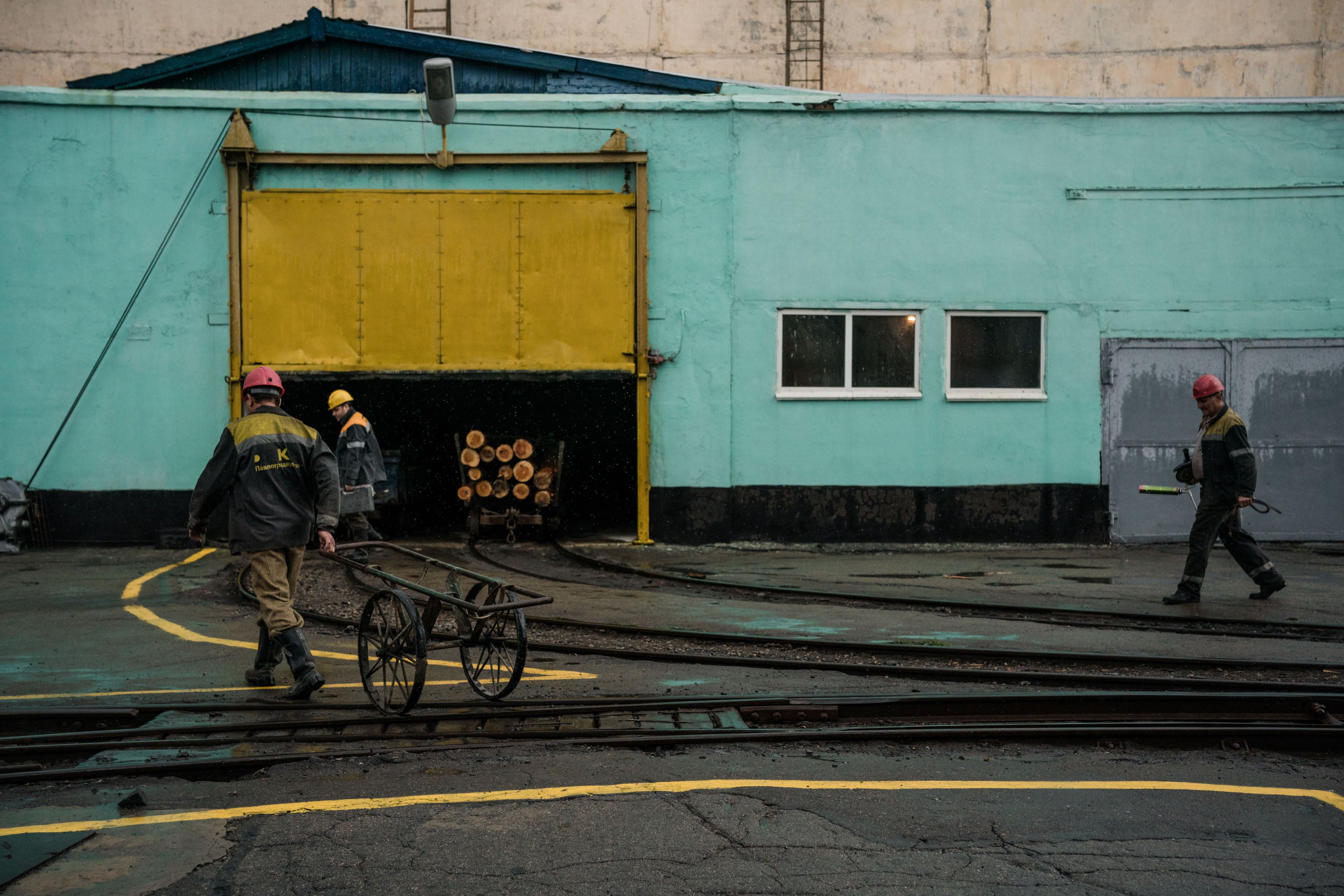
Polish-Ukrainian investment company Millstone & Co, for instance, struck a 2021 deal with an Australian mining company for active exploration at two untouched lithium sites. Once the war started, the companies froze those plans, said Millstone managing partner Mykhailo Zhernov.
One site – a deposit currently covered by farmland – now is so close to the front lines that Zhernov remains uncertain whether it is under Ukrainian or Russian control. Initial plans to build a lithium battery factory there have also been shelved.
Analysts say licenses for other mineral deposits sold by the Ukrainian government last year are now trading at deep discounts as investors question the viability of extraction.
“Every day, Ukrainians are losing their economy,” Zhernov said. “I know many investors who started geology research, but they have stopped because [of the war]. Everything, it’s a bet now.”
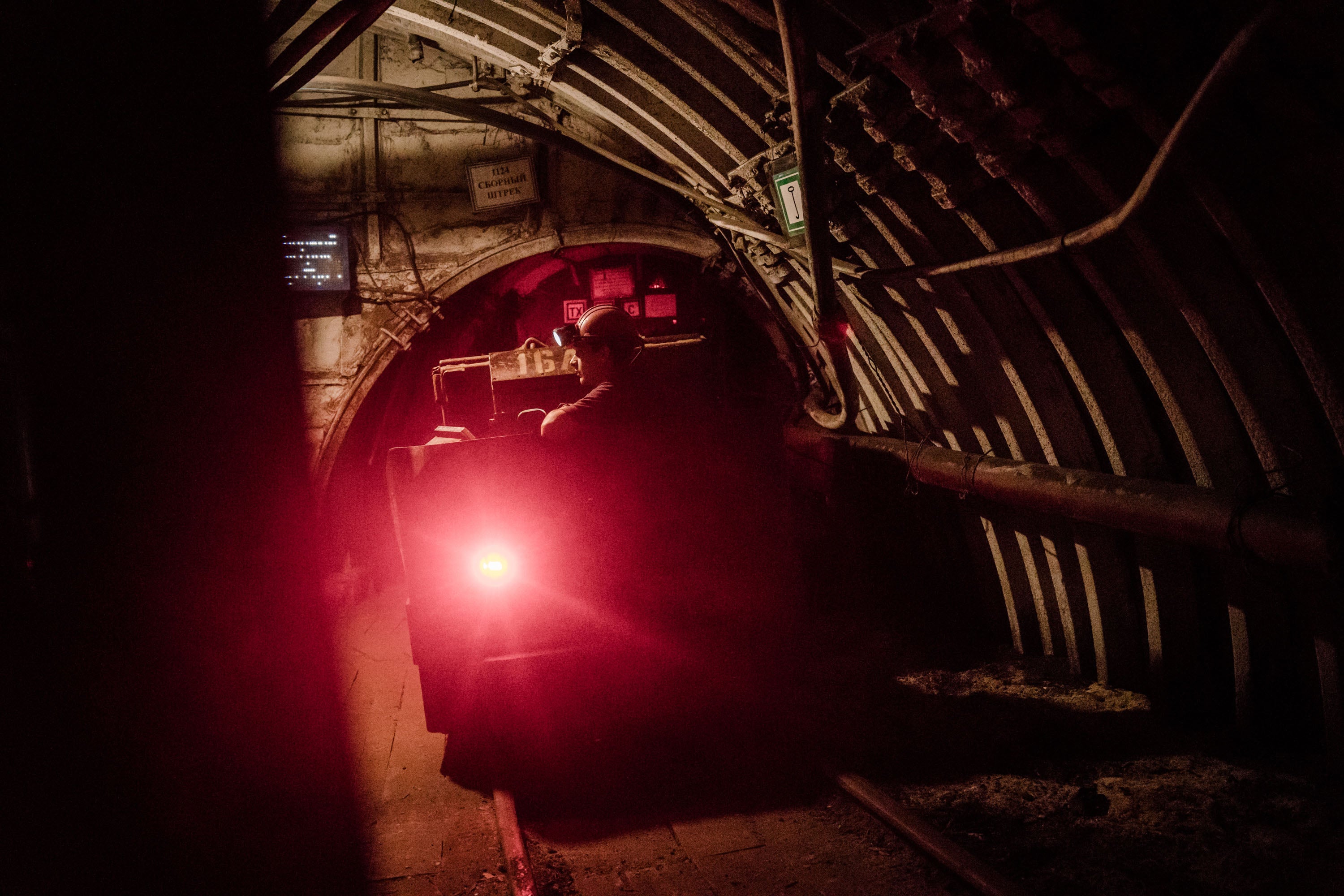
The blow to Ukraine is far worse due to the Russian seizure of key Ukrainian ports and a broad blockade of the Black Sea. Some analysts see the lost sea transit routes as more significant than the lost mineral reserves - particularly coal, despite its current value – as other countries switch to greener energy.
“Raw materials like coal are not the future, they’re the past,” said Anders Aslund, an economist who has long studied Ukraine. “It’s more about whether Ukraine loses its ports, which I don’t think they will. If they did not have those ports, they would need to build a completely new infrastructure for exports.”
Coal is by far the most abundant of the deposits in Russian-controlled parts of Ukraine. The approximately 30 billion tonnes of hard coal deposits there have an estimated commercial value of $11.9tn, SecDev estimates. They also have symbolic value as a storied energy source, with the regional metropolises of Donetsk and Luhansk being built on the backs of coal miners and steelworkers.
The toxic combination of a loss of raw materials plus damaged, destroyed or seized infrastructure has vast implications for a core industry like steel, which until the war sustained 4 million Ukrainians. Two large factories were destroyed or overrun in the siege of Mariupol. Other factories have reduced production and face a host of challenges.
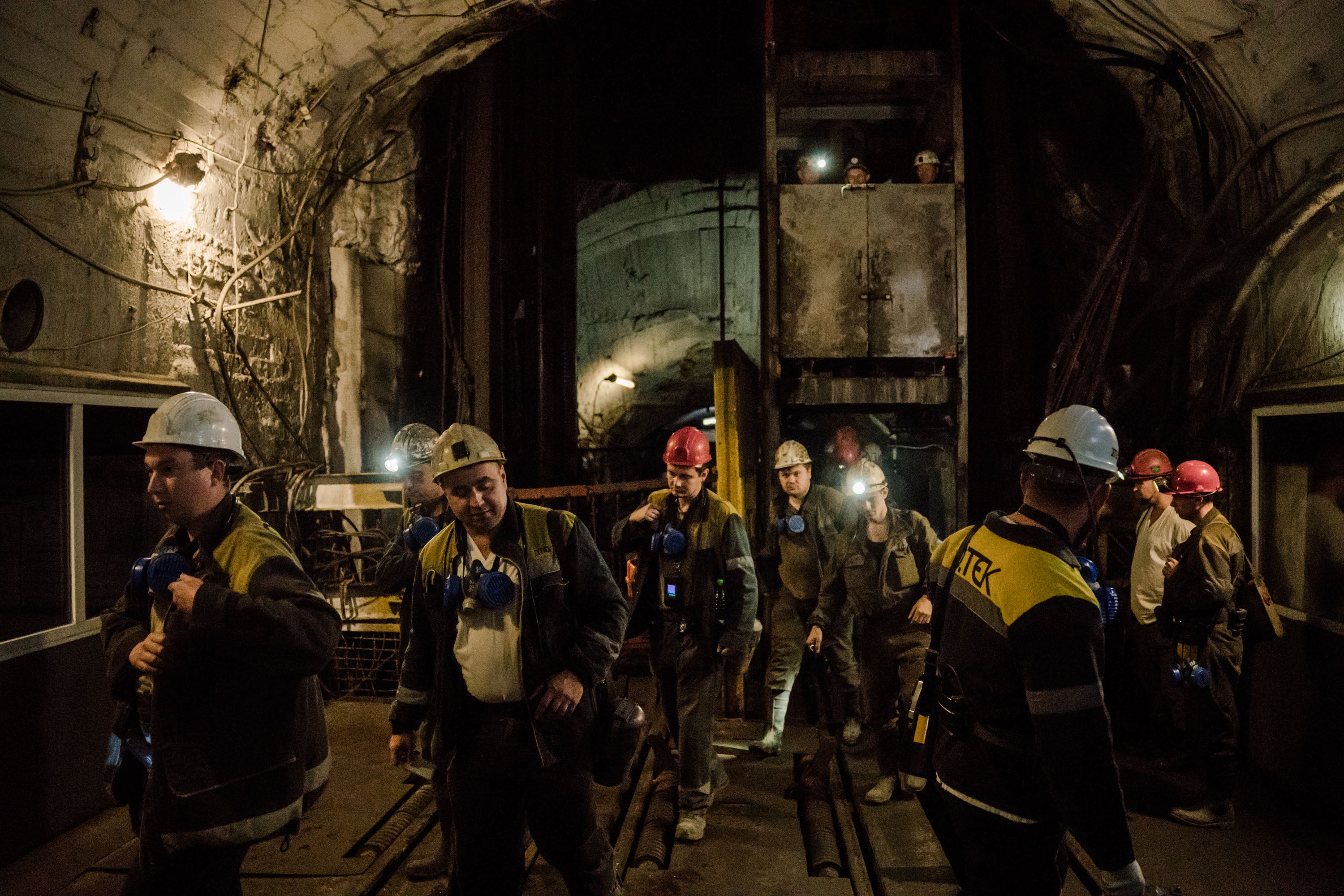
Across the country, many of the Soviet-era steel plants still run on coal. But the nation’s losses to Russian-backed separatists in the east between 2014 and 2017 forced Kyiv to begin importing significant amounts of coal, both for those plants and thermal power plants. In 2021, imports amounted to almost 40 per cent of Ukraine’s coal consumption.
Along with coal mines, Russia has recently seized a significant limestone deposit used for steel production. The impact of that has been minimized because Ukrainian steel production has dropped so much because of the war – 60 per cent to 7 per cent – that factories have been able to make do with lower-quality limestone deposits in the west. But Yuriy Ryzhenkov, chief executive of the Ukrainian steel and mining giant Metinvest, warned that ramping back up to normal levels will mean “we will have to import it.”
For the miners burrowing in what’s left of the coal-rich tunnels in eastern Ukraine, extracting reserves has become an act of patriotism. The Post was granted access to a mine there on the condition that its exact location not be revealed and the full names of employees be withheld for security reasons. The energy firm that owns the coalfield, DTEK Corp, also cited wartime restrictions on publishing details on strategic infrastructure.
The miners spent a recent morning of digging scattered throughout 40 miles of passages. Russian missiles have struck nearby communities, and should the towns between the mine and the front lines fall, there is little to separate the Russian troops from these workers.
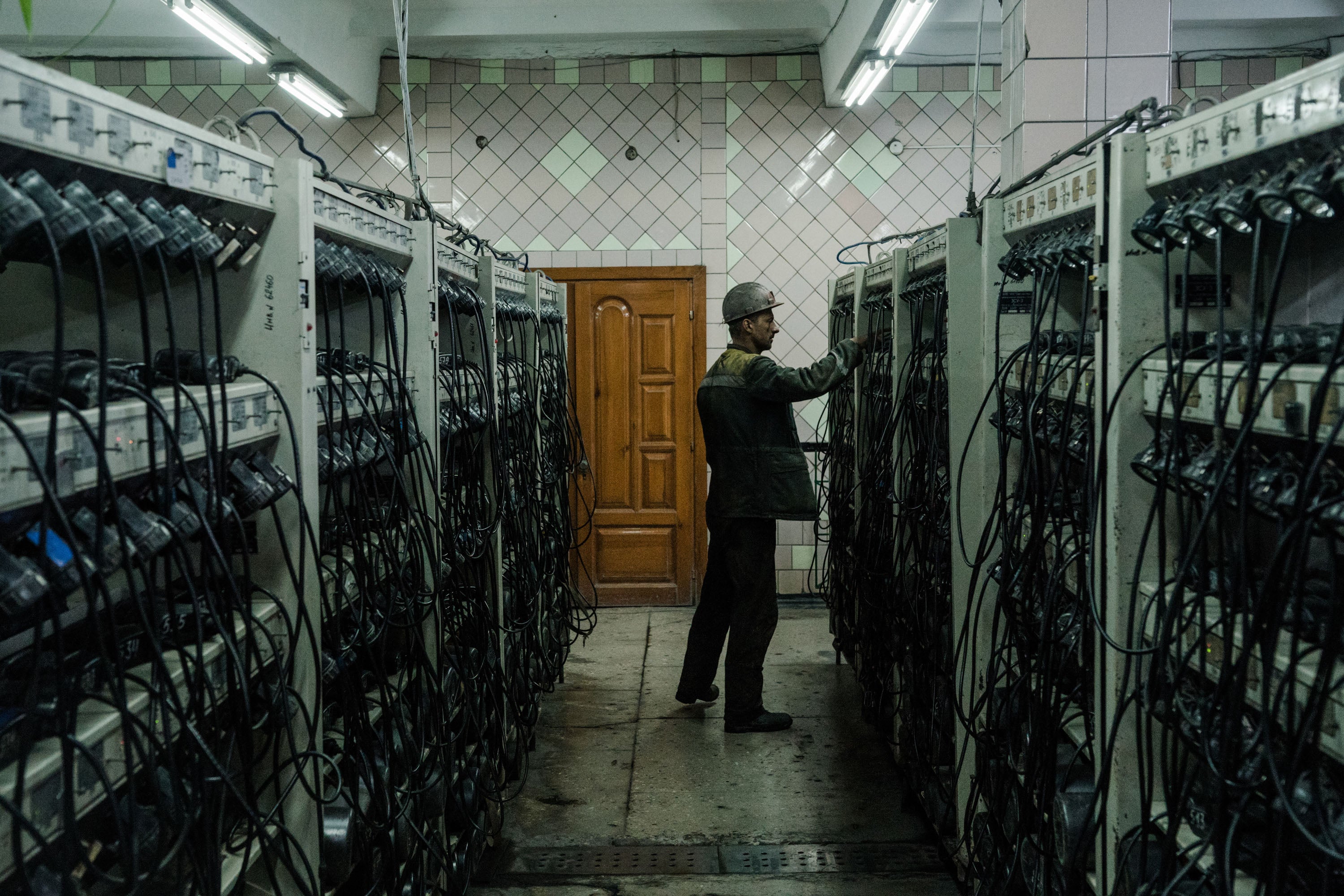
Dmytro, a third-generation miner, led a crew of 157 before the war. A third of them have since enlisted as soldiers.
“We have to stop the occupiers from reaching us,” he said. “The Russians don’t just steal our resources. They destroy everything in their path.”
Further east, the onslaught unleashed by the invading army has laid waste to Ukraine’s Donbas region, razing entire cities to the ground. Thousands of mine employees fled.
As it seeks to reactivate the economies in seized territories, Russia may try to restart some mining and steel production – as it has appeared to do in one of the two major steel plants in captured Mariupol. It’s likely to face significant logistical hurdles, though, including a lack of access to previous buyers. While seizure of reserves may help achieve a war goal - to weaken pro-western Ukraine - few predict Russia will be willing or able to make the large-scale investments required to extract the minerals.
Those assumptions are based in part on what Russia did with mines captured in 2014. Within a year or so, production was broadly curtailed, largely because Ukraine refused to buy coal from the occupied territories, and because Russia has its own abundant reserves. Moscow has also sought to flood some captured coal mines to render them useless should Ukraine regain lost territory.
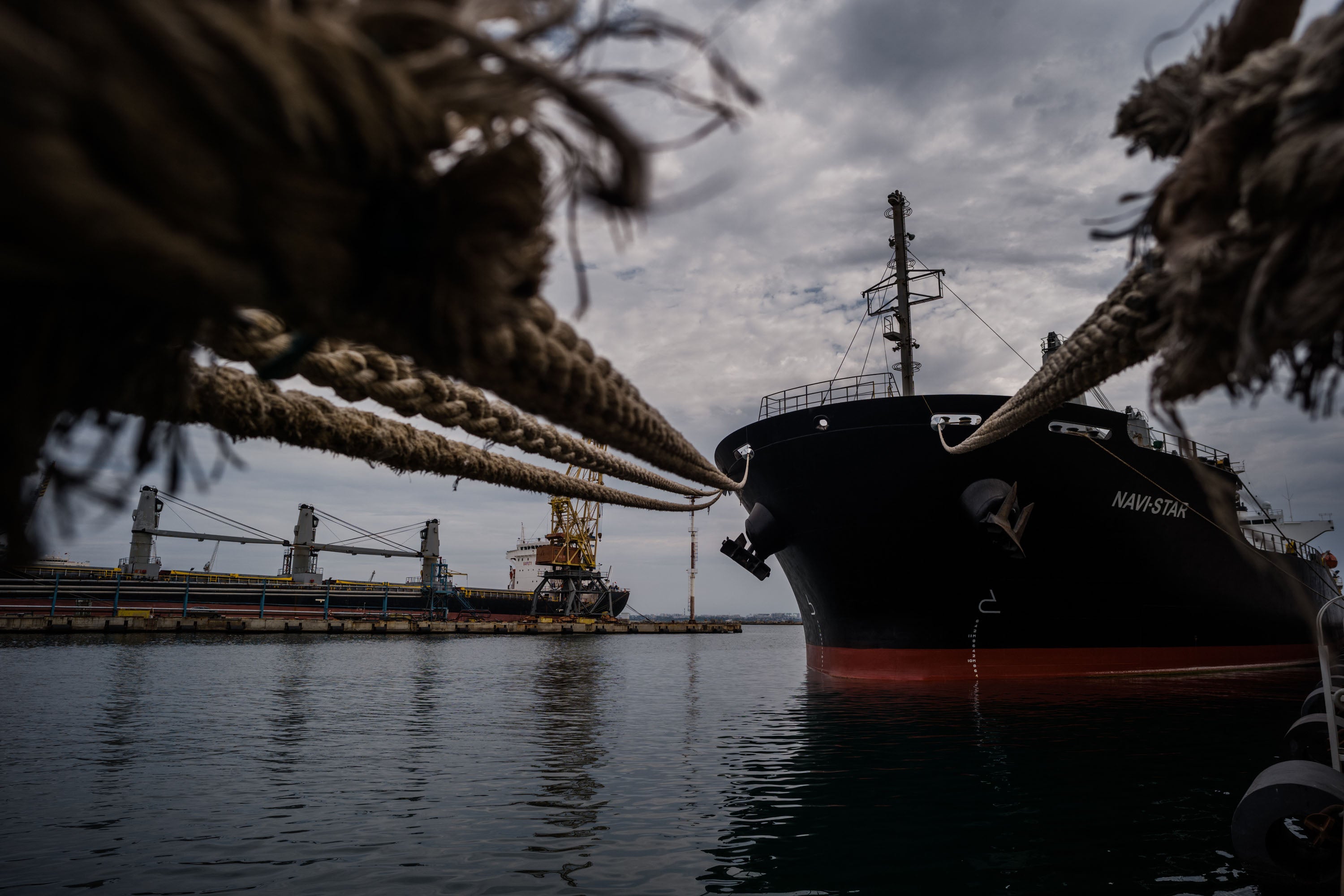
DTEK chief executive Maxim Timchenko doesn’t think the Russians really need these raw materials. “They are just trying to destroy our economy,” he said.
But such losses, if permanent, would compel what’s left of Ukraine to realign its economy. The possible upside: a modernization that could make its dated steel plants more efficient and greener. Early estimates suggest the price tag for rebuilding the broader economy range upward of $750bn.
Some economic experts suggest the war’s longer-term impact could be blunted even if Ukraine were to cede significant land, as long as it were to fully embrace the technology and service sectors that helped fuel growth in recent years and expand its pursuit of alternative energies.
Still, it would face a massive task. Ukraine’s more recent attempt to modernize its energy grid has been upended by war. Almost half its renewable energies plants – including 89 per cent of its wind farms – are located in seized territory or conflict zones. More than half of its wind farms are shut down.
Any rebuilding effort with large-scale foreign investment would also probably require a true end to the fighting – as opposed to another protracted but contained conflict with Russia, as was seen in 2014.
“Not only will Ukraine have lost a lot of its territory and its resources, but it would be constantly vulnerable to another onslaught by Russia,” said Jacob Kirkegaard, a fellow at the Washington-based Peterson Institute for International Economics. “No one in their right mind, a private company, would invest in the rest of Ukraine if this were to become a frozen conflict.”
The Washington Post’s Anastacia Galouchka contributed to this report.
© The Washington Post




Join our commenting forum
Join thought-provoking conversations, follow other Independent readers and see their replies
Comments